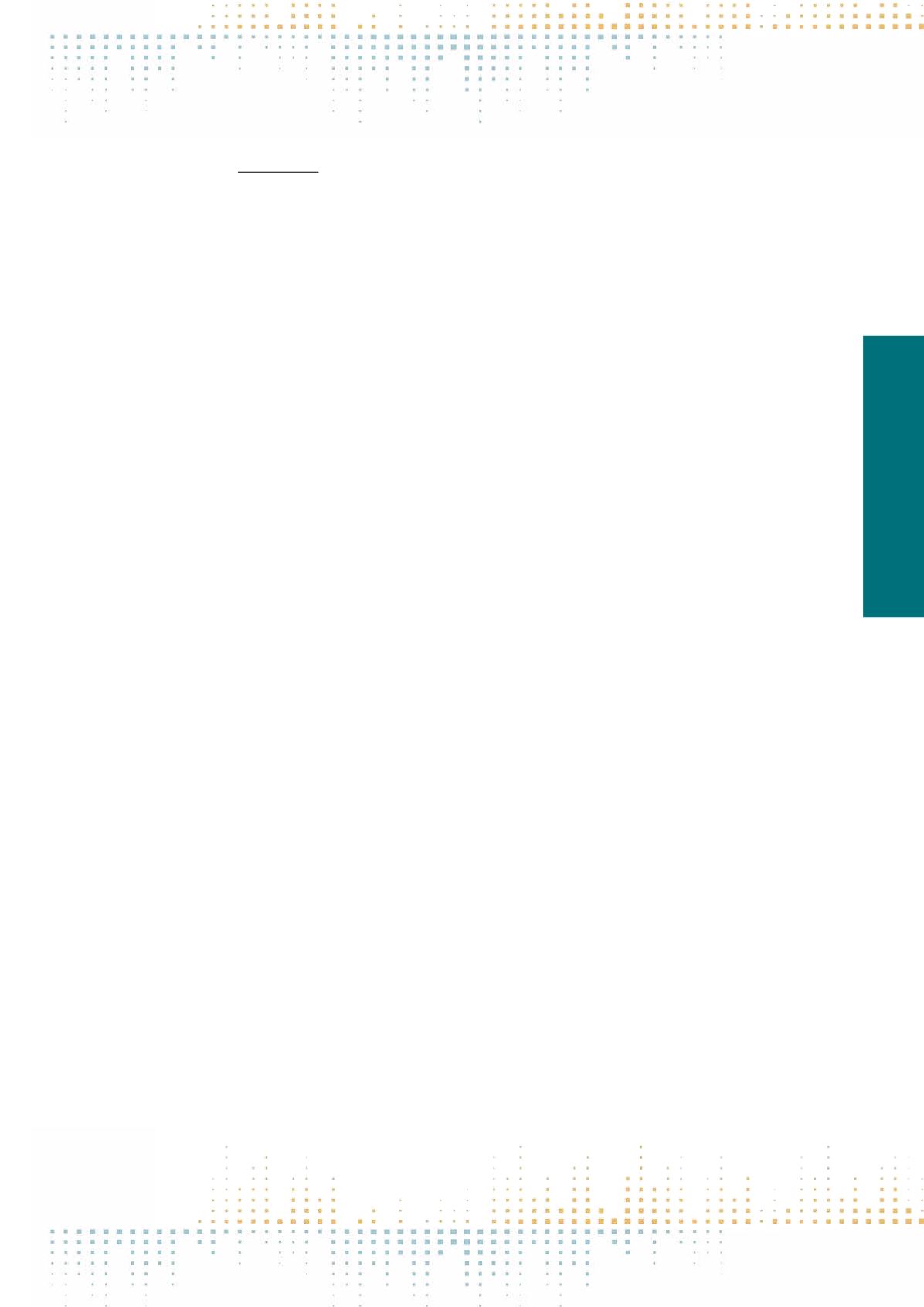

369
Thursday, November 10
1 4 : 3 0 – 1 6 : 0 0
PP 154
Twitter as an Amplifier and Booster of Some of the Traditional Functions of Journalism
S. Herrera Damas
1
, M. Moya Sánchez
2
1
Universidad Carlos III de Madrid, Journalism and Audiovisual Communication, Getafe, Spain
2
Universidad Carlos III de Madrid, Madrid, Spain
Social media such as Facebook or Twitter have an added value to the one for which they were originally conceived: its usefulness as the virtual space where
a newway of public communication can be developed by key actors such as journalists, politicians and common citizens.The social networks that these me‑
dia catalyze have altered the media-political ecosystem. They dispute to journalism two of its basic dimensions: the one related with the public information
and a second one regarding citizen mobilization (Schudson, 2009). Social media has developed a new form of communication which has also significantly
attenuated the exclusivity that journalism enjoyed in the past. These changes may appear as a threat to traditional journalism. However, the performance
of numerous journalists evidence that social media offer a powerful vehicle for dissemination and support, particularly to the print media. In order to do
so, the attitude that journalists adopt in social networks becomes crucial, namely through the achievement of a remarkable degree of interaction and
also though a sustainable penetration of their messages. Among the most popular social media, Twitter has emerged as the new public forum with no
social or political barriers for citizens willing to access and disseminate their own information and opinion. At the same time, it is the social medium that
most attracts the attention of journalists, political leaders and new opinion leaders. Our analysis focuses on the last 3,200 tweets posted by each of the 30
selected journalist among the most influential of 5 European countries. Through a content analysis of these 96,000 tweets, we have determined the degree
of interaction and potential scope reached by each of them. From the corresponding analysis and taking into account the facilities that Twitter provides for
communication, we will draw a profile for an appropriate performance of journalists in Twitter that contributes to the sustainability of traditional journal‑
ism, that is, that amplifies the functions of public information and citizen mobilization and reinforces other traditional ones that Schudson (2009) confer to
journalism such as research, analysis, social empathy and dissemination of representative democracy.



















